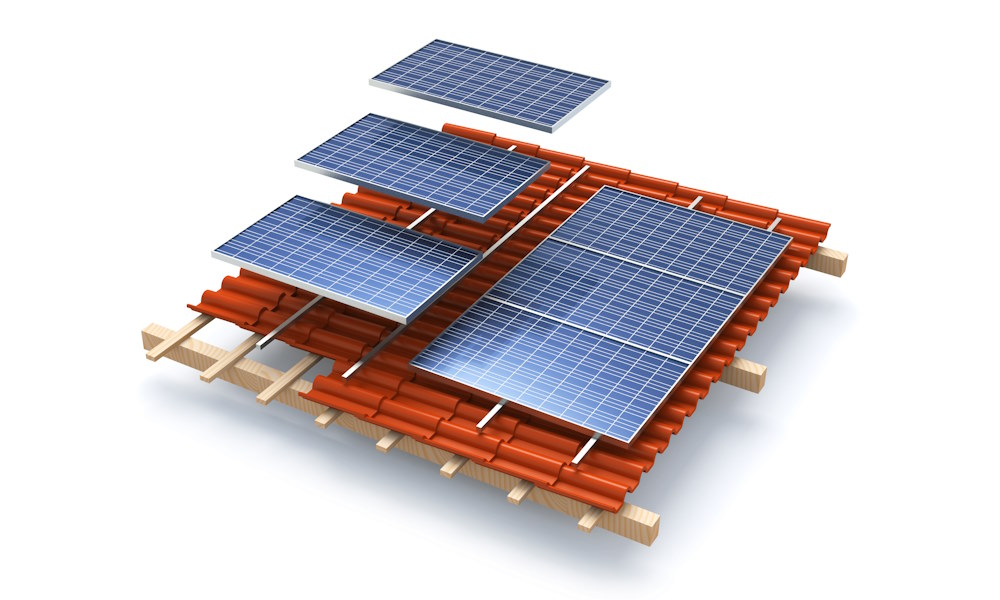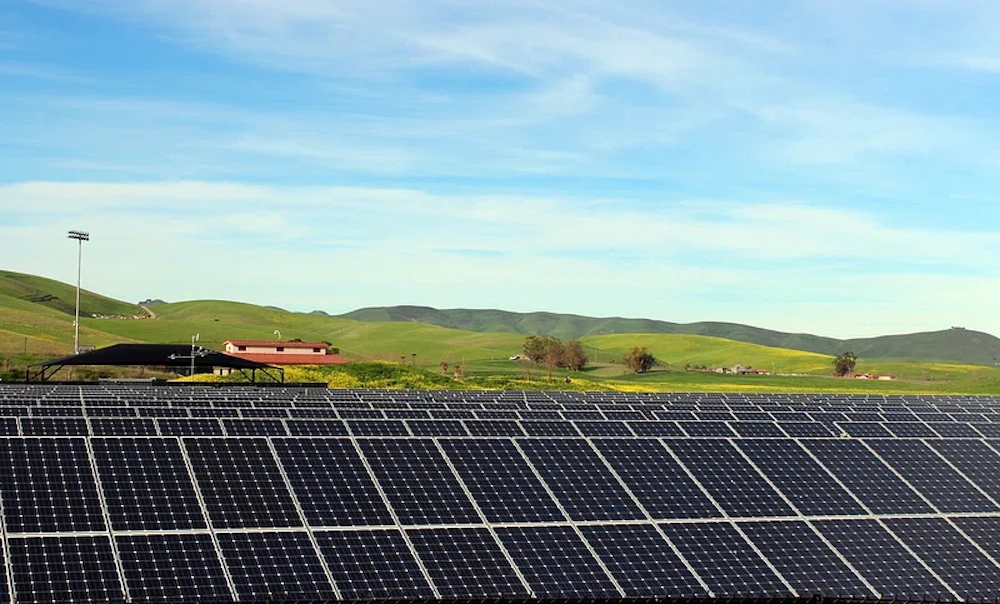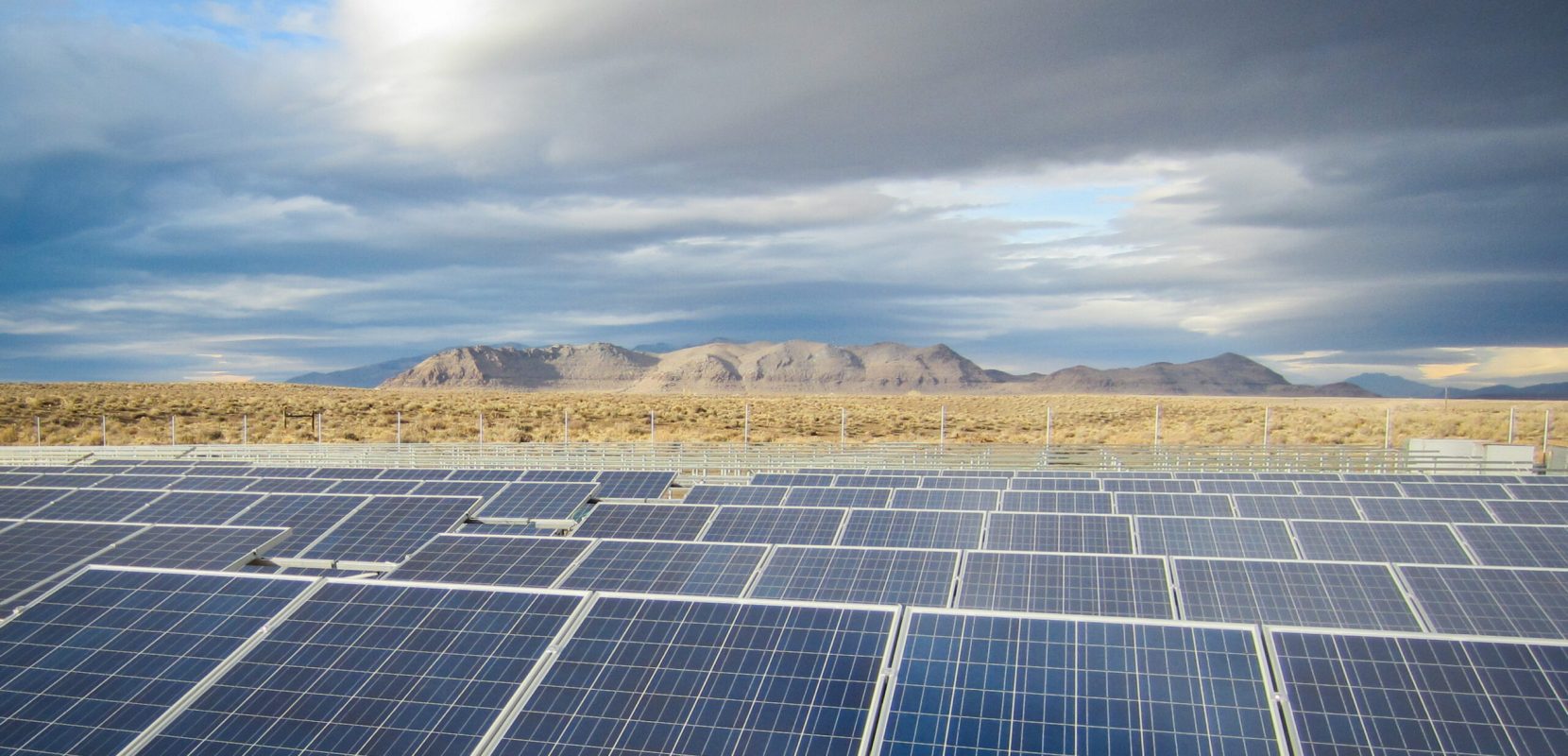In a world striving for sustainability and eco-conscious living, the installation of solar panels on residential rooftops has become an increasingly popular choice. Harnessing the abundant energy of the sun, solar panels for home use offer a pathway towards clean, renewable energy and significant reductions in carbon footprints.
Understanding Home Solar Panels
How They Work
Solar panels, typically made of photovoltaic cells, capture sunlight and convert it into electricity. This process involves the photovoltaic effect, where sunlight photons knock electrons loose from atoms, generating a flow of electricity.
Components
A home solar panel system includes panels, inverters, mounting hardware, and sometimes battery storage. These components work together to capture, convert, and store solar energy for household use.
Benefits of Home Solar Panels
Clean and Renewable Energy
Solar panels generate electricity without emitting greenhouse gases or pollutants, reducing reliance on fossil fuels and contributing to a more sustainable environment.
Cost Savings
While the initial investment in solar panels may seem significant, they offer long-term financial benefits. Homeowners can substantially reduce or eliminate electricity bills by generating their own power. Incentives like tax credits and feed-in tariffs further enhance the financial appeal.
Energy Independence
By generating power on-site, homeowners gain a level of energy independence, reducing reliance on centralized power grids. This resilience becomes especially valuable during grid outages or fluctuations, ensuring a continuous power supply.
Installation Process and Considerations
Assessment and Design
A professional assessment considers factors like roof suitability, sun exposure, and energy needs to design an efficient solar panel system tailored to the home.
Installation and Maintenance
Professional installation ensures proper placement and connection of panels, inverters, and meters. Solar panels typically require minimal maintenance, with occasional cleaning and inspections ensuring optimal performance.
Technological Advancements
Improved Efficiency
Advancements in solar panel technology continue to increase efficiency, allowing for greater energy production from a smaller surface area.
Energy Storage Solutions
Innovations in battery storage systems enable the storage of excess energy generated during the day for use during evenings or cloudy days, enhancing the reliability and self-sufficiency of home solar systems.
Future Prospects and Considerations
Affordability and Accessibility
Continued technological advancements and decreasing costs make solar panels more accessible and appealing to a wider range of homeowners.
Environmental Impact
While the production and disposal of solar panels have environmental implications, the overall lifetime carbon footprint of solar panels is significantly lower compared to fossil fuel-based energy sources.
Conclusion: A Brighter, Greener Future
As technology advances and awareness grows, home solar panels stand as a testament to the potential of sustainable energy solutions. They empower homeowners to take an active role in combatting climate change while reaping financial rewards and promoting energy independence.
The future of home solar panels looks promising, with continued advancements in technology, affordability, and environmental consciousness paving the way for a world where clean and renewable energy becomes a cornerstone of everyday life. As more households embrace solar power, the collective impact on the environment becomes increasingly significant, forging a path towards a brighter, greener future for generations to come.




